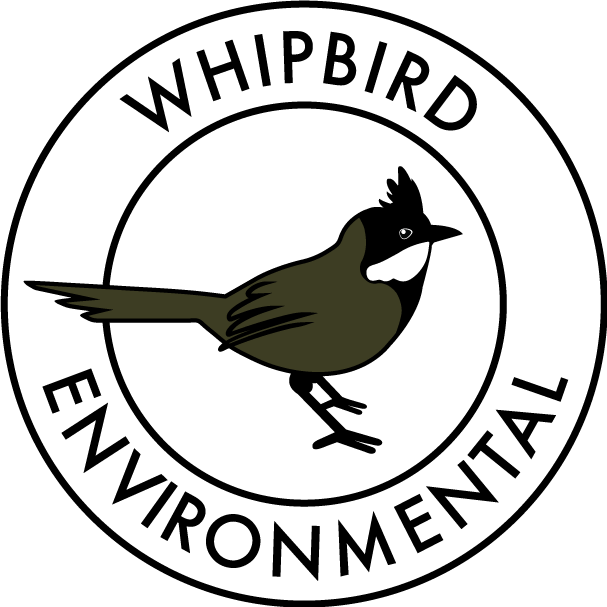How to save French Marigold seeds
French Marigolds (Tagetes patula) are a fantastic plant to have around the veggie patch. They not only look brilliant, they have a lot of benefits as a companion plant.
The best thing about French Marigolds is that they are super easy to grow and do exceptionally well in containers, fit into little free spaces around the veggie patch or they can be used as bedding plants. They attract a wide variety of beneficial insects and suffer very little in the way of pest damage.
Gathering seed
French Marigolds produce a lot of seed. They are in the asteraceae family (daisy plants) which is known for it’s huge seed creation abilities and wind dispersal. Many common garden weeds like thistles are in this family.
To collect the seed to save for growing next year simply wait for the flower to have finished up. Once the petals have curle and turned brown the seeds are ready to harvest. Either cut the whole bud off and then split it open to reveal the seeds or simply pull on the petals and you’ll bring most of the seeds with them.
Storing seeds
To store the seeds simply keep them in a paper bag or seed saver envelope. Don’t forget to label them including the variety and date collected. They will hold viability well for a year with lessening viability for each successive year when stored in a paper bag or envelope without any additional measures. For longer term storage keep them in an airtight container with a silica pack to absorb any excess moisture or use a seed fridge with humidity controls.
Sewing seeds
Once you are ready to start sowing seeds simply sprinkle them at a medium density over some good quality seed raising mix, cover lightly and keep moist.
Alternatively if you ahve an area where you want to always grow marigolds you can let the plant naturally drop it’s seeds and if conditions are right they’ll continue to come up in that area year after year all on their own.
You might also like:
5 Leafy Greens to grow over Autumn and Winter
Acacia terminalis (Sunshine Wattle)
Watch how we save marigolds seeds in this 1 minute video:

